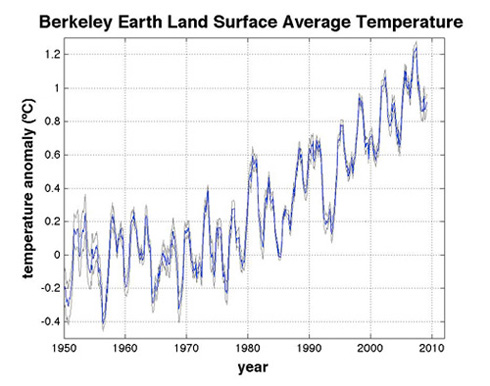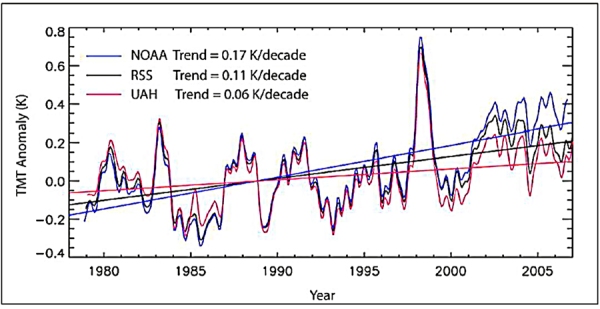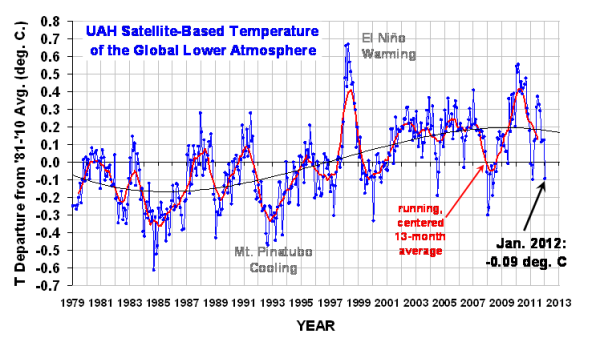WEEKEND EDITION FEBRUARY 3-5, 2012
The Banks Want to Dump Millions of Risky Mortgages Onto FHA
Obama’s Refinancing Swindle
Barack Obama’s new housing refinance plan has nothing to do with “lowering monthly mortgage payments so responsible borrowers can stay in their homes”. That’s all public relations bunkum. The truth is the banks want to offload their garbage mortgages onto Uncle Sam to avoid hundreds of billions of dollars in losses. That’s what this refi-ruse is really all about.
The administration estimates that 3.5 million people with private label mortgages will be eligible to refinance into loans backed by the Federal Housing Administration (FHA) Many of these are high risk mortgages that will eventually go into foreclosure which is why the banks want to get them off their books. Regrettably, Obama is only too happy to help them achieve that goal. Here’s a little background from the Christian Science Monitor:
“The nation now has about 30 million mortgages backed by government-sponsored enterprises (GSEs), mainly Fannie or Freddie…. About 3 million of those are “under water,” meaning the loan is now bigger than home value. Another 20 million or more have been underwritten entirely by private lenders. Some 35 percent of those, 7 million or more, are under water.” (“Obama plan to lower mortgage payments could help, but how much?”, Christian Science Monitor)
Why are so many more “private label” mortgages underwater than loans that were issued by
Fannie or Freddie?
Because the banks were lending money to every Tom, Dick and Harry who could fog a mirror. It was all a big joke. The banks didn’t really give a hoot if the borrowers were creditworthy or not because they were bundling the mortgages together into mortgage backed securities (MBS) and selling them off to investors around the world, so documentation and loan standards didn’t really matter to them. They got their pound of flesh whether the loans blew up or not. Here’s a little refresher from the Washington Post on how we got to where we are today:
“The biggest culprits in the housing fiasco came from the private sector, and more specifically from a mortgage industry that was out of control. These included lenders who originated homeloans, investment bankers who packaged them into securities, rating agencies that misjudged these securities, and global investors who bought them without much, if any, study….
Between 2004 and 2007, private lenders originated three quarters of all subprime and alt-A mortgage loans. These were loans to financially fragile homeowners with credit scores under 660, well below the U.S. average, which is closer to 700. But only a fourth of such loans were originated by government agencies, including Fannie, Freddie and the Federal Housing Administration.The dollar amount of subprime and alt-A loans made during this period by the private sector was jaw-dropping, reaching nearly $600 billion at the height of the lending frenzy in 2006. …. By contrast, government lenders made just over $100 billion in subprime and alt-A loans in 2006. Even in 2007, when the housing market was beginning its free fall, private lenders still handed out more than $300 billion via these very shaky mortgage loans…(“Fannie and Freddie don’t deserve blame for bubble,” Mark Zandi, Washington Post)
The vast amount of bad mortgages were generated by privately-owned banks, not government-sponsored entities. Keep that in mind the next time your loudmouth brother-in-law starts spouting off about how the GSE’s or the Community Reinvestment Act (CRA) caused the financial meltdown. The banks were 100 percent responsible. And now they’re back for a double-dip because they still have tons of these wilting loans in their vaults and they need to get rid of them pronto. And that’s where Obama comes in. The banks are counting on the dissembler in chief to make it look like this refi-claptrap is really an effort to “provide a bit of relief for an ailing economy” or “to help working folks make their mortgage payment”. It’s all hogwash.
The reason the banks have waited this long (for another bailout) is because the 50-state robosigning case has dragged on longer than they’d anticipated. They figured the 50 state Attorneys General would roll over and play dead like the other politicians they deal with. But that hasn’t happened. The legal fight continues with no end in sight. What the banks are hoping for is a ruling “that prevents states from effectively challenging future foreclosure actions that are based on faulty prior assignments.” In other words, they want to be able to boot you out of your home whether they have proper documentation or not.
Meanwhile, the backlog of homes (that’s in some stage of foreclosure) continues to grow to record levels. When the sluice-gates finally open, an ocean of distressed homes will surge onto the market sending prices plunging and leaving bank balance sheets deep in the red. Here’s more from CNBC’s Diana Olick:
“To give you an idea of just how much the “robo” scandal is toying with the numbers, LPS compared states that require foreclosures to go through the courts versus states that don’t (judicial versus non-judicial) and found the following:- 50 percent of loans in foreclosure in judicial states have not made a payment in two years, as opposed to 28 percent in non-judicial states.Foreclosure sale rates in non-judicial states are about four times those in judicial states.” (“Robo-Reality: Final Foreclosures Fall as Pipeline Swells” Realty Check, CNBC)
The backlog of distressed homes is much greater than the data would indicate. Neither the official nor the shadow inventory accurately accounts for the bulging number of homes (10 million) currently in the pipeline.
That’s why the administration is looking for creative ways to whittle down the supply. One idea is to sell foreclosures in bulk to deep-pocket investors with the proviso that they convert them into rentals. But why give Wall Street fatcats the privilege of buying foreclosures at a discount when mom and pop investors are already scarfing them up like hotcakes? How fair is that?
The driving force behind the foreclosures-to-rental scam is that the banks want to remove the GSE’s stock of distressed homes from the competition so they can fetch a better price when their REO’s hit the market. Once again, the policy is being tailored to meet the needs of the banks not the people. Here’s more from Olick about the risks this poses to FHA:
“Critics will also argue that the FHA, which now has an inordinately, historically large share of the mortgage market, is in no position to take on any more risk. The FHA could be considered “underwater” itself, guaranteeing about $1 trillion in mortgages but sitting on just a $1.2 billion dollar cushion to cover losses.To that end, officials say they could create a separate fund for these loans, not the regular mutual mortgage insurance fund (MMI). This would be a special risk fund, designed to handle high losses.” (“Obama’s Mortgage Refi Plan to Go Through FHA”, CNBC)
How do you like that? The FHA is already leveraged at 100-to-1 and the banks want to add even more debt. And they want to do it in the most deceptive way possible, by creating an off-balance sheet investment vehicle where the red ink can be hidden from public view.
To be eligible for Obama’s refi-program, borrowers will need a credit score (FICO) above 580,(which is extremely low), they’ll have to be employed, and they’ll have to be current on their mortgage payments. (for the last 6 months) In other words, lending standards are being eased so the banks can dump as many high-risk mortgages on the FHA as possible. Obama breezily refers to these abysmal lending standards as “cutting through the red tape.”
Applicants will also be able to refinance under the Obama’s program with loan balances up to (get this) 140 percent of the value of their home. So, even if you owe $560,000 on a home that is currently worth $400,000–and you don’t have a dime’s worth of equity in the house–have no fear–you can still get money from Uncle Sugar. This isn’t a good way to keep people in their homes. It just turns them into debt slaves.
One last thing, all the talk about a “bank tax” is pure blather. The banks will be more than happy to cough-up $5 billion or so if it means they’ll be able to jettison the hundreds of billions in crappy loans on their books. As far as they’re concerned, that’s money “well spent”.
MIKE WHITNEY lives in Washington state. He is a contributor to Hopeless: Barack Obama and the Politics of Illusion, forthcoming from AK Press. He can be reached at fergiewhitney@msn.com











